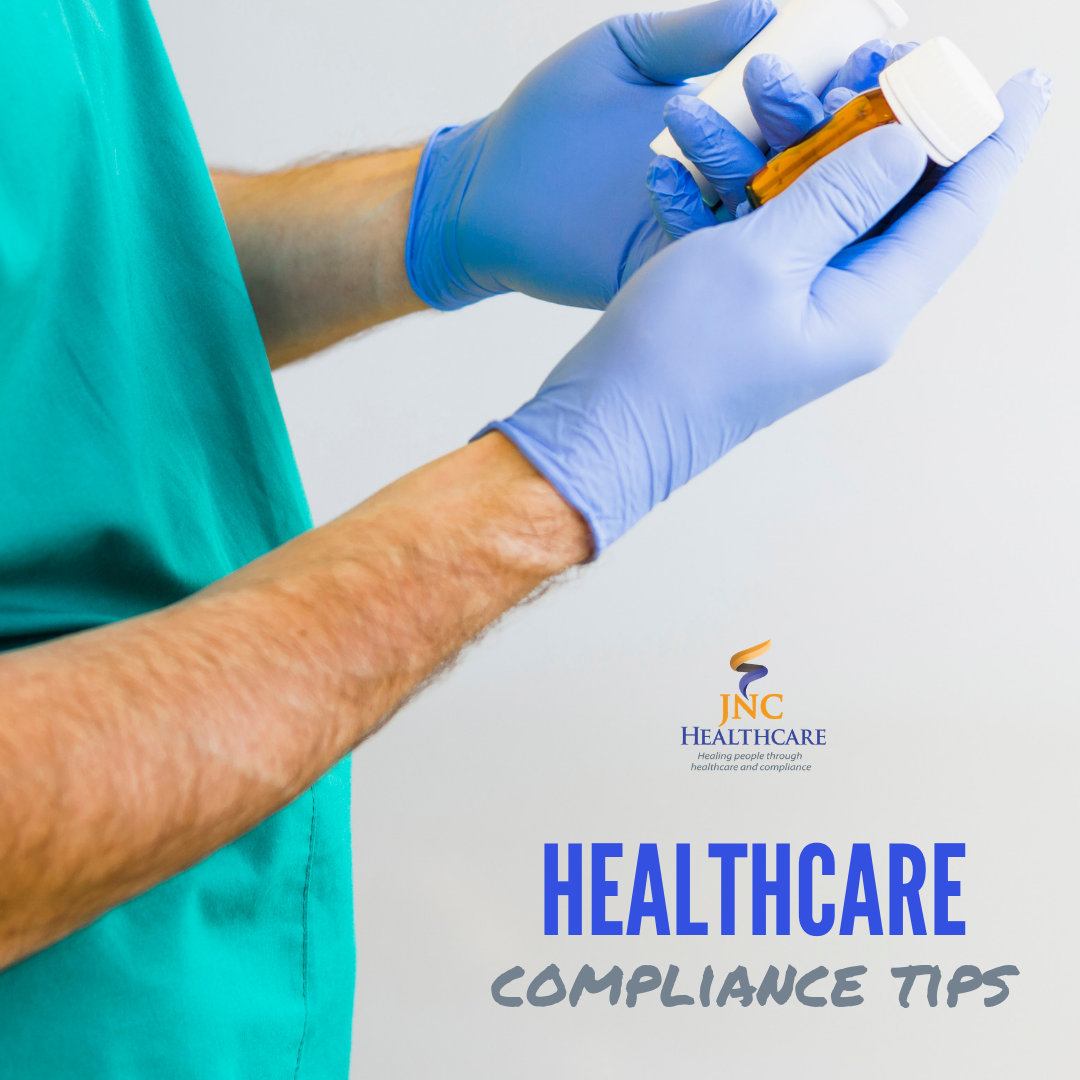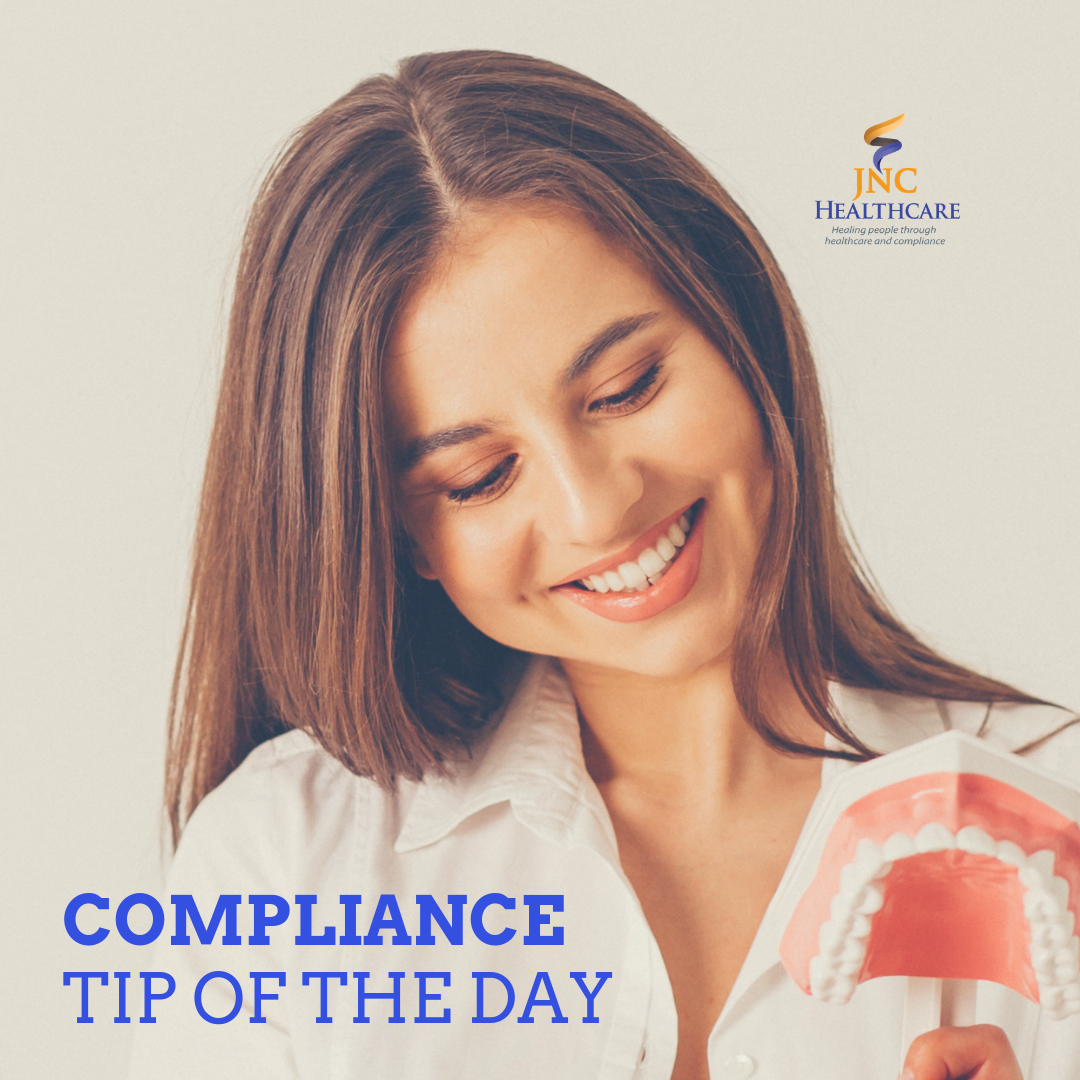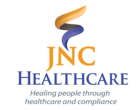
7 Elements of an Effective Compliance Program [Healthcare Compliance Tips]



Practice Standards [Healthcare Compliance Tips]



7 Elements of an Effective Compliance Program [Healthcare Compliance Tips]



Practice Standards [Healthcare Compliance Tips]
Auditing & Monitoring [Healthcare Compliance Tips]


Ensure that your practice is conducting internal monitoring and auditing regularly.
As stated in our previous tip, it is important that all practices follow the 7 Elements of an Effective Compliance Program, in which conducting internal monitoring and auditing is critical.
There are two types of audits that the OIG suggest be performed by each practice, called:
Standard and Procedures
The OIG recommends physician practices review standards and procedures to determine if they are current and complete. The best way to do this is to review the OIG website, work plan, or any other compliance guidance’s to assist with identifying any risk areas the practice will encounter.
Insurance companies and healthcare associations are also good resources for updated information, especially for CPT and ICD-10 changes. Keep in mind a well-publicized audit plan will also let staff know how serious practice management is about complying with federal and state regulations.
Claims Submission Audit
Since it is not possible to review every claim, an OIG best practice is to perform a “snapshot” audit annually that reviews the highest-revenue and highest-volume services in the practice.
Though internal staff can perform the audit due to fewer expenses, it is always advised that an outside auditor help with this area.
We know you are thinking:
“We do not have the money to do this???”
And, we always tell practices that you can either pay now or pay later. The money spent to bring someone in to review annually is nothing in comparison to paying the government back after their audit, especially if you don’t have a compliance plan in place.
After the audit, it is always best to rectify any known issue immediately. An example of this is sending any overpayments back to Medicare or the insurance company within 60 days of the finding.
Last, it is always best to put a monitoring system in place to see how well your practice is improving after the audit. Which includes reviewing reports monthly for any outliers and creation of new policies and procedures.
**The opinions and observations from the group/author are not a promise to exempt your practice from fines and penalties. Research, modify, and tailor the advice to fit your specialty.









